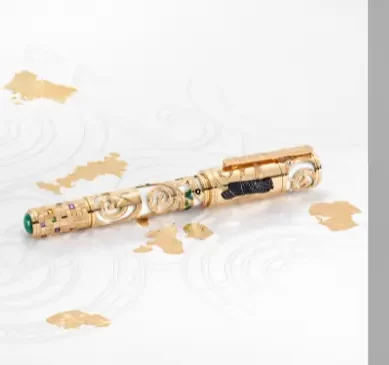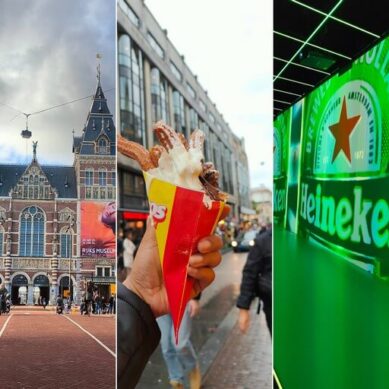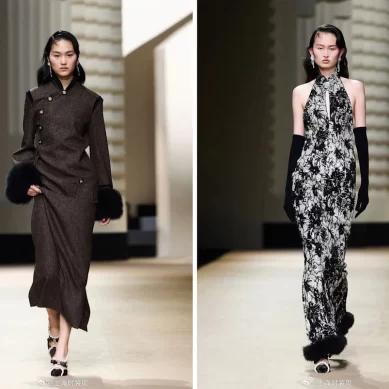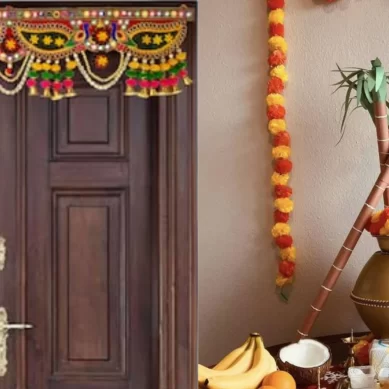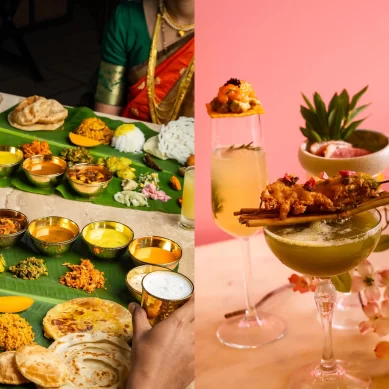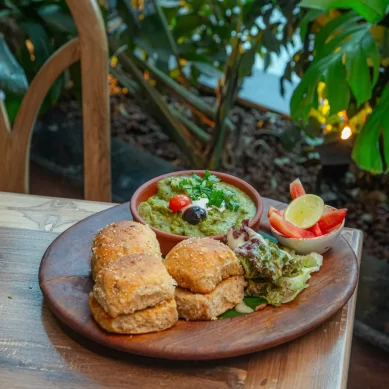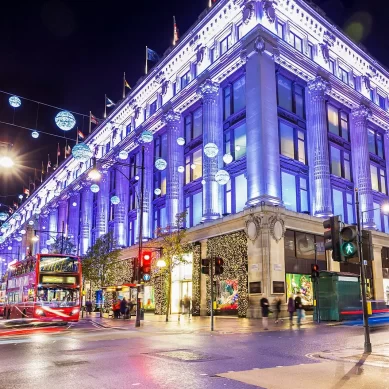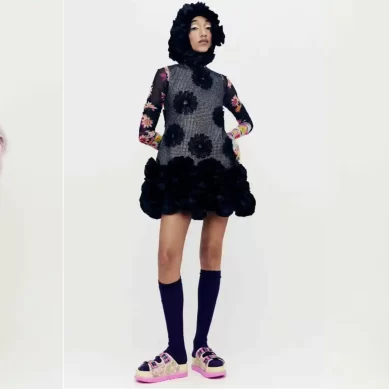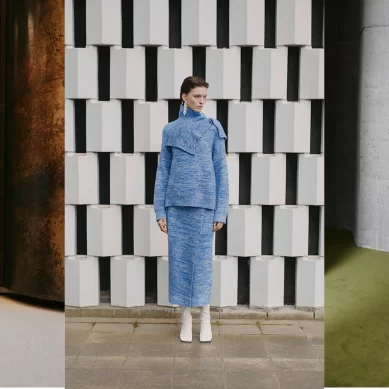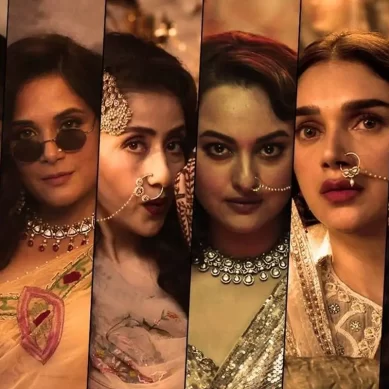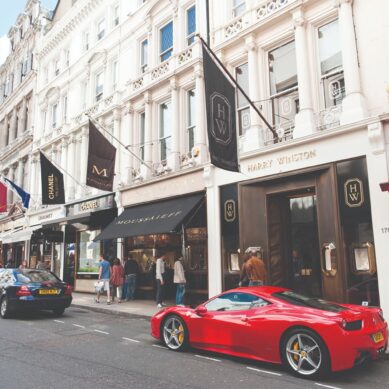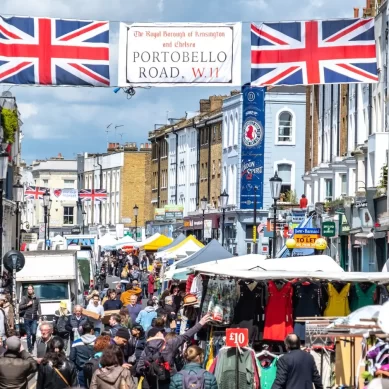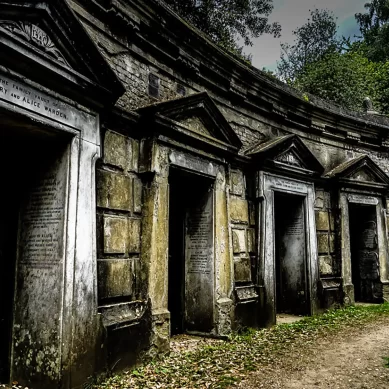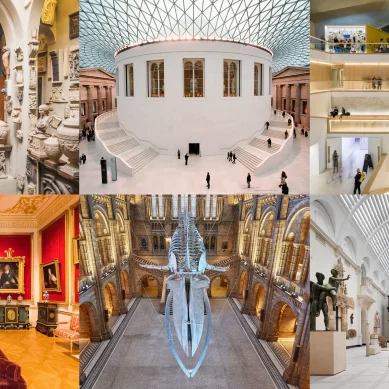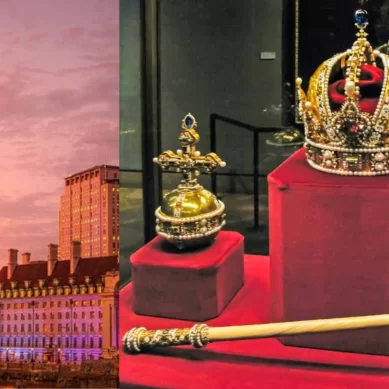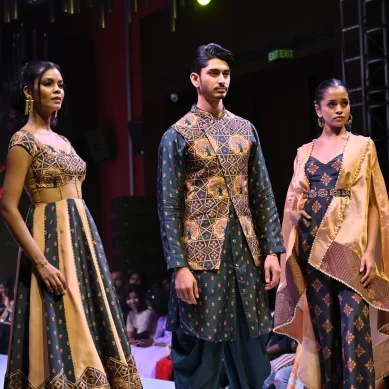
In Frame: Riyaz Uddin and Alexander Gorlizki
“There’s stillness in photographs and to bring out life, to give it a motion, I try my best”, says the artist Alexander Gorlizki. The moment you enter the Infosys Foundation Gallery of the Museum of Art and Photography you’ll notice a unique confluence of our past and present. The rich culture, the gold memories which are just captured inside a frame side by side with a vibrant artwork which has colours, geometric shapes, reimagined animals, reimagined dress and what not! And all you would be able to say is WOW!!
It’s been almost a year since the Museum of Art and Photography made its space on the popular street of Bangalore and since then it has been making a noise for its gripping exhibitions. To be honest, since the day it opened up, I had been dreaming of visiting space but a 9-5 slave often misses the beauty of little things. But recently luck knocked upon my door when I got to know the new exhibition ‘What The Camera Didn’t See’ is up. Without much ado I visited the place and was mesmerised with art pouring its magic on me.
If I have to summarise ‘What The Camera Didn’t See’- it explores the interplay between the two mediums, breathing life into the formal compositions from vintage photographs and those from the museum’s collection. Through the 23 artworks in this exhibition, Alexander Gorlizki conceptualises fantastical reimaginings of static moments by injecting a new dimension of the contemporary. While Pink City Studio adds colour and patterns into the scenes, together transforming images of royalty, common folk, architecture, and nature into whimsical narratives. ‘What The Camera Didn’t See’ transcends the rigidity of historical documentation, inviting viewers to question traditional interpretations. As ‘outside’ elements merge with the images from the past, multi-layered compositions emerge, challenging our perception of time and place.
Going back to the beauty of art and the conversation with the artists, the idea of creating a masterpiece and the effort to bring it to a piece was astonishing. As I walked through the gallery, Alexander went on explaining “I always see these pictures where our grandparents or great grandparents have these Stern faces, and I always wanted to give more life to those cherished memories.”
With the artisans of Pink Studio led by Riyaz Uddin, Alexander reimagined a world where “what if” was possible. Let’s imagine our grandparents’ or great grandparents’ picture with lots of vibrancy, geometric patterns, and shades that keep growing intricate as you observe more. Or imagine your favourite monument embracing the colours but not on the pillars or walls but as an appendage that sprouts from it, giving an overall depth. Or let your imagination run wilder and imagine the royalties with Pinocchio noses and wonder how did that grow or if you are satirist then probably why did it grow only this much?
Well, the answers are not there, and there lies the beauty of art that Alexander is presenting at MAP. “I want the visitors to observe and let their imagination run in every direction. Just like poems I want them to look deeper and try to find out a meaning, a little mental exercise maybe”, says the artist.
But the latest exhibition is not just about mental exercise but also encourages involvement. In this busy world, it throws a wonderful task at you with its arrangement. Each of the artwork is curated over an old photograph but rather than presenting it side by side, the arrangement has been in such a way that you tend to memorise it. It’s a little play that evokes a childlike excitement when you find the original picture in the gallery and then again run off to the recreated artwork, only to witness the amazing work. What else adds to the astonishment is the unique names of each artwork.
“We did not want the artist’s work to be hidden behind the text heavy description, we wanted people to read the name, find the relatability of the artwork with the name and wonder what has been put in front of them”, say the curators of ‘What The Camera Didn’t See’.
The exhibition is one of the kind which you should not miss. Each artwork not only transports us to a realm of imagination but also highlights the work of over 25 artists. “We have a team of 20+ artists out of which at least 5-6 constantly worked on a single artwork and it took them 2-3 years to complete all the art pieces”, says Riyaz Uddin. He also explains how these artists bring a new dimension to the world of art and how he has witnessed the increase in the number of female participation.
The unique exhibition is part of Art is Life: Old Threads, New Stories, dedicated to the celebration of art, culture and discourse. This year the festival is apart of the city wide Unboxing BLR Habba – a celebration of Bengaluru’s rich and vibrant cultural heritage.
P.S. – Do visit Museum of Art and Photography and immerse yourself in a world of art, where old threads intertwine with new beginnings, and where stories are retold and reimagined in countless ways.



